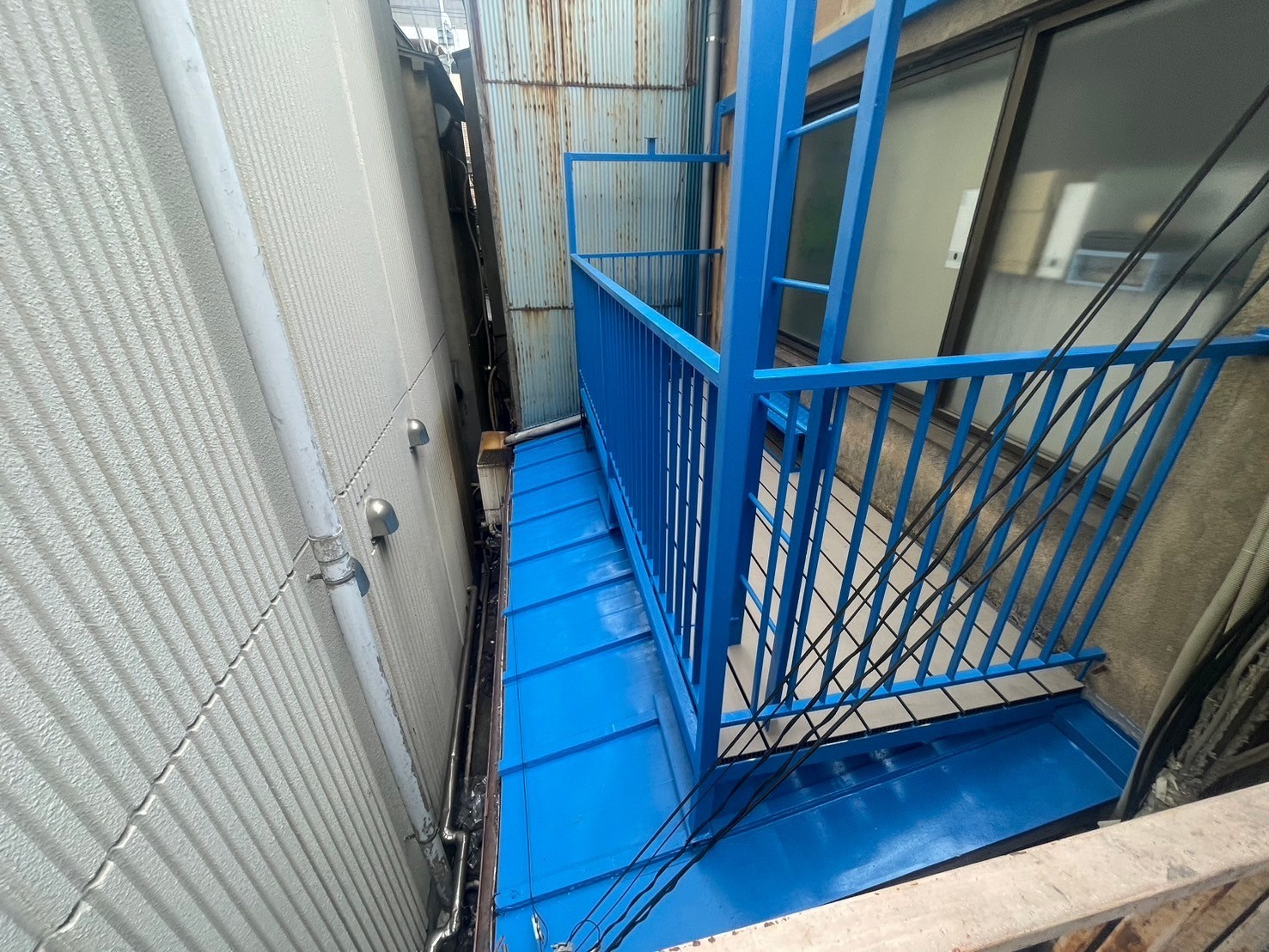Caulking is a material used for a wide variety of sealing and filling applications in construction and manufacturing. This article details the main types of caulking and the uses for each. Learn how to choose the right caulking and use it effectively.
Caulking Basics: Caulking is primarily used for sealing (sealing) and filling (filling holes) and is an essential material for buildings, vehicles, and other structures. Different materials and applications have different caulking characteristics.
Main caulking types and characteristics:
1. silicone caulking:
- Highly weather resistant and UV resistant.
- Flexible and can be used over a wide temperature range.
- Generally excellent water resistance.
- Suitable for use outside of buildings and in damp areas.
2. polyurethane caulking:
- Its elasticity makes it suitable for sealing deformable or moving parts.
- It has excellent durability and is used for building exterior walls and floors.
- It can be painted to maintain its appearance.
3. アクリルコーキング:
- It dries quickly and is suitable for simple filling operations.
- It can be painted and is suitable for sealing visible areas such as exterior walls and window frames.
- It is versatile and suitable for general use.
4. butyl caulking
- It is weather resistant and has strong durability.
- Its resistance to oil and chemicals makes it suitable for filling automobiles and ships.
- It is also used for glass-to-metal joints.
5. Glass caulking:
- Its properties to withstand high temperatures make it suitable for use in high-temperature environments.
- Used for sealing high-temperature parts of ovens, stoves, etc.
Caulking uses:
1. indoor sealing:
- Acrylic caulking is widely used and provides a paintable and beautiful finish.
2. sealing of exterior walls
- Silicone or polyurethane caulking ensures exterior weatherproofing and improves durability.
3. vehicle filling:
- Butyl caulking is resistant to oil and chemicals, making it suitable for filling mechanical parts for automobiles and ships.
Summary: There are many different types of caulking, each with different properties. Selecting the right caulking for the location and purpose of use and applying it correctly can improve the durability and aesthetics of buildings and products. Use your knowledge of caulking to ensure effective sealing and filling.










